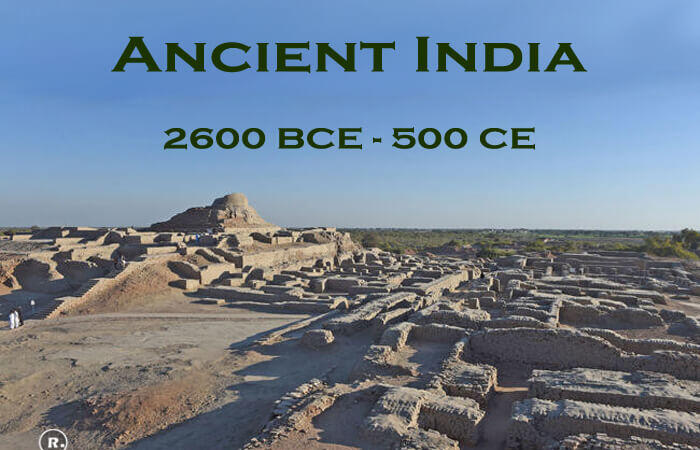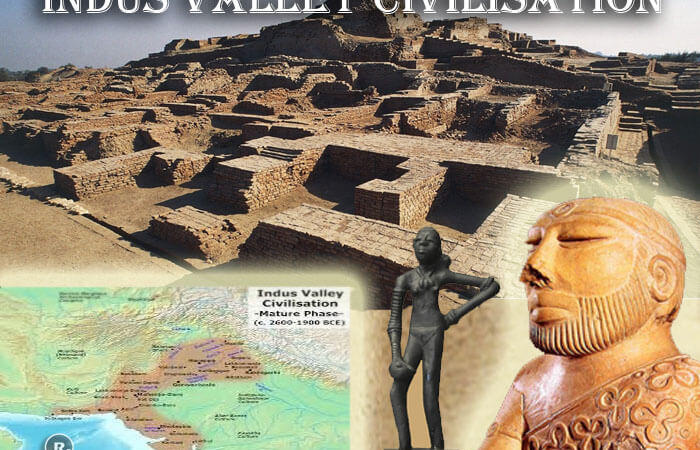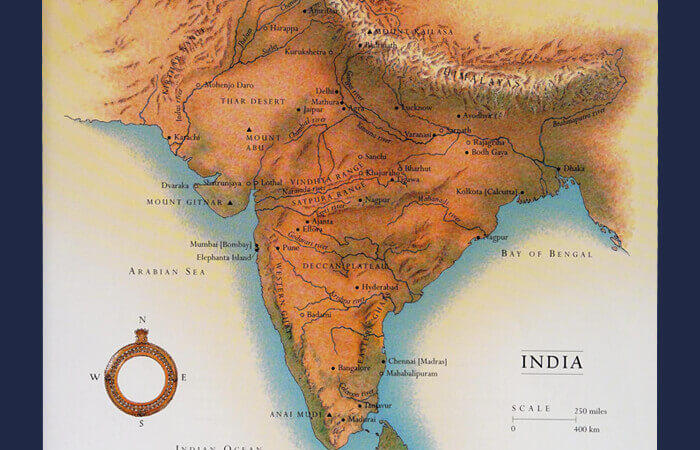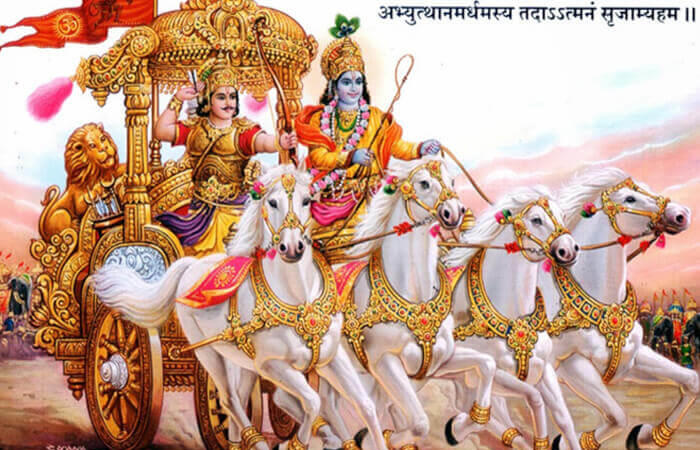East India Company
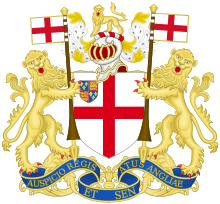
The East India Company (EIC), also known as the Honourable East India Company (HEIC) or the British East India Company and informally as John Company was an English and later British joint-stock company, which was formed to pursue trade with the East Indies but ended up trading mainly with the Indian subcontinent and Qing China.
The company eventually came to rule large areas of India with its own private armies, exercising military power and assuming administrative functions. Company rule in India effectively began in 1757 after the Battle of Plassey and lasted until 1858 when, following the Indian Rebellion of 1857, the Government of India Act 1858 led to the British Crown assuming direct control of India in the form of the new British Raj.
Presence of East India Company in India
At the start of the 1700s, the East India Company’s presence in India was for the most part limited to occupying trading outposts along the coast—the three major cities of Bombay, Madras, and Calcutta. But by the end of the century, the Company was militarily dominant over South India and rapidly extending northward. Conditions in India were certainly changing. The Mughal empire was in the process of disintegrating, and the process would not prove a peaceful one for India. The Mughals were the descendants of Turkish-Mongol Islamic immigrants who over-ran and conquered modern Afghanistan, Pakistan, and northern India. The Mughals (from the Persian word for “Mongol”) created an empire that ruled India from the 1500s to the 1700s. They had a large army, and taxed the peasants anywhere from 1/3 to 1/2 of the crop production to the point where many were fleeing the lands they traditionally farmed, taking refuge on the estates of large landowners, and would not work unless forced to.
Finally, with a large body of cavalry and an even larger body of camp followers who would plunder the areas after getting defeated by the Mughals, Mughal society was based on continued conquest (in order to provide loot for the immense armed forces) and expansion. Eventually, the more southern kingdoms, both Muslim and Hindu alike, pulled away and fought campaigns against them. By the 1750s, the Mughal Empire was in a state of collapse. Provinces in the middle of the Mughal empire, stretching from the Indus river valley in the west to Calcutta (Bengal) in the east, broke away from any effective Mughal control. Other regions were also struggling to break away. The Mughals, threatened by the British fortifying Calcutta, attacked them.
The Mughals took the city in 1756, although the British recaptured it later that same year. The EIC forces went on to defeat the Mughals at the battle of Plassey in 1757, and at Buxar in 1764. The French were drawn into the fighting by backing a rival claimant to the throne of the Carnatic province of India (along with the south-eastern coastline), which ended in their loss to the British (and the British claimant) at the battle at Arcot (1751). During the Seven Years’ War, the French lost several battles, the most decisive one being at Pondicherry (1761). After that, especially because they lost the war, they no longer maintained a strong presence in India, although they maintained minor outposts there until 1954.
A new development took place in EIC relations with India after the battle at Buxar in 1764. The next year, the Mughal emperor signed a treaty with the EIC allowing it to govern the state of Bengal, provided that the EIC forwarded to him his traditional share of tax revenues. And so a trading company was now responsible for the civil, judicial, and revenue administration of India’s richest province, with some 20 million inhabitants. The arrangements made in Bengal (giving the EIC direct administrative control over a region, instead of simply a convenient commercial and military relationship with the Indian ruler) provided the centerpiece of the last century of the EIC: it became a political body ruling much of India, and the expenses of its wars to retain and extend its power drove the company into bankruptcy as well as alienated both Indians and Britons back home.
Throughout the next century, the EIC continued to annex territory after territory typically upon the death of an Indian prince, or the failure of one to continue paying money to the EIC for the maintenance of an army to support him. Until the entire region was controlled by the EIC. One process that can explain why a merchant trading concern decided to get in the government business is that well before the victory at Plassey and subsequent annexation of Bengal, EIC merchants found themselves attacked and plundered by Mughal rulers and armies, as well as their rebel counterparts. Additionally, they found that regional governors in India refused to let the EIC take their goods through those regions without additional fees paid—regardless of what treaty the EIC had signed with the Mughal emperors. An expansion of British power in India seemed to be the solution to both of these problems.
As it was, the taxes that the EIC collected in India, at least in the 46 years from 1792 to 1838, gave the EIC a net profit of only £700,000 a year, on average. This surplus is pure net—it takes into account land and customs collected in India, as well as gross expenditures, deducted (including interest on debts owed to Britain, as well as pay for all soldiers, British or Indian). This figure would be only a fraction of the British imports of Indian goods, which grew from £11 million to £137 million, from the 1830s to the early 1900s. So one can’t really say that Britain taxed India to pay for its Indian imports. However, the control Britain exercised over the country allowed it to maintain a mercantilist system that allowed Britain to profit immensely from India’s raw materials, as well as make India pay the entire bill for this system (the money that built the canals and railroads was loaned to India, and paid back with interest).
The annexation of native states, religious resistance to British reforms, and the plight of the Indian peasantry all contributed to the Mutiny of 1857, also known as the Sepoy Mutiny. This was a particularly bloodthirsty rebellion in which Indian rebels butchered women and children in cold blood, and the British retaliated by placing Indian captives in front of cannons-and firing them. The British eventually regained control, although the year it ended, 1858, the British government decided to dissolve the EIC and run India itself. In addition to mismanagement of a large province of the British empire, to the point that the natives initiated a vicious rebellion, the company itself, constantly drawn into wars, was deeply in debt.
The effect of British mercantilism on India can be seen in the following statistic, which details the effects of two centuries of EIC mercantilist policies on India. In the year 1903-04, Britain exported £21 million of metal products, along with a net export of £23 million of precious metals (mainly silver). It imported from India, only £330,000 of metal products (you can see that India’s role in the trade was to supply the raw materials, and Britain, the manufactured goods). At the same time, Britain imported from India, £24.4 million worth of raw cotton, and exported to India, £28.3 million pounds of cotton clothing (the corresponding numbers of raw cotton to India, and cotton clothing to Britain: £50,000 of raw cotton and £1.63 million of cotton clothing). Because India was occupied by a foreign power, it had gone from being an exporter of cotton clothing (a manufactured good), threatening to put English factories out of business, to a supplier of raw materials for those same English factories. Of course, as a producer of raw materials, there was some money to be made, but Britain got a much better deal by far.
As imperial regimes in India go, the East India Company has gotten a bad reputation. By some sort of historical amnesia, many have forgotten (or never bothered to look up) the outrages committed by earlier conquests that incited many Indians to wage wars of liberation before the British took over. Nor is the EIC exclusively to blame for India’s poverty, as the basis of its wealth in the 1600s—sales of hand-made clothing and pepper—could not have kept it wealthy in the 1900s, as European factories overtook the domestically produced Indian clothing sales, and mass cultivation of spices lowered their prices considerably. In other words, had the British never set foot in India, both of these factors would have still kept it poor, unless it had industrialized as western nations did. Having said that, observing India’s recent history and all it endured, as European countries engaged on a mad quest for access to products that were being denied to them, it certainly is inviting, imagining a world of free trade, where nations don’t bully each other, in order to be able to buy things they need.
Suggested Read: History of India

